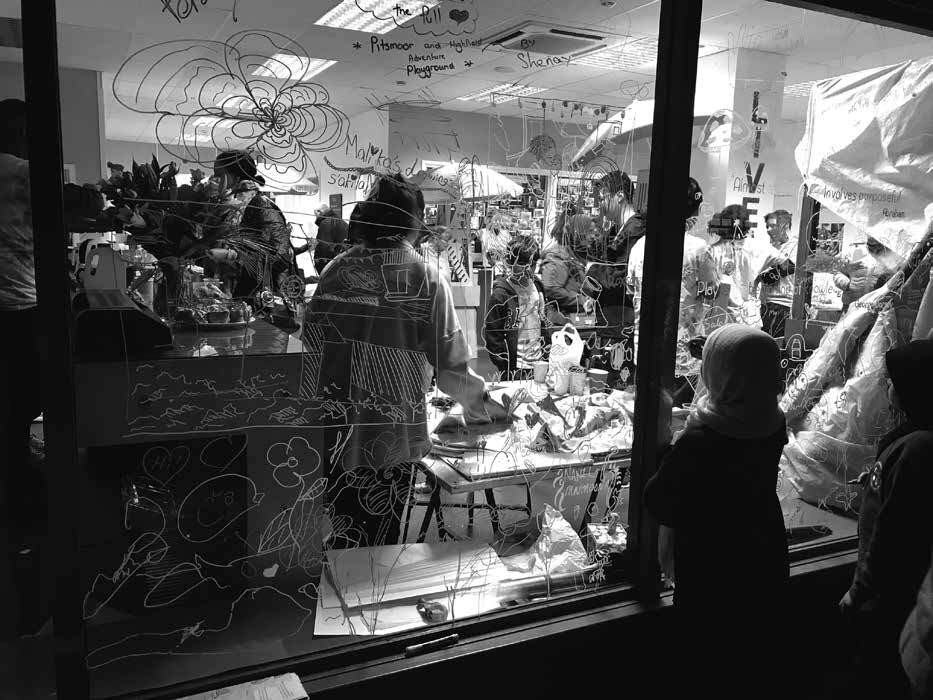Community Place Initiatives Post-Austerity, and How a ‘Civic’ School of Architecture Might Support Them

Austerity measures have been discussed widely since sweeping cuts have been made to local government budgets following the global financial crisis of 2007-08. More than a decade later, the impact of these measures on everyday lives of communities is still growing. We use the context of austerity to discuss our research in partnership with Community Place Initiatives in the city of Sheffield, UK, and to examine the approaches they use to attempt to overcome the shortcomings and challenges of precarity.
This article focuses on revealing the impacts that budget cuts have had and are still having, and speculates upon what these findings mean for the role that schools of architecture can play outside the academy. We draw on research conducted by Urban Education Live Sheffield - a team of researchers and educators from the School of Architecture, University of Sheffield in the UK, and the Department of Architecture, Technische Universität Braunschweig in Germany. The team is part of a broader international project, Urban Education Live (UEL), a multidisciplinary research project with partners from across Europe funded by the ERA-NET Cofund Smart Urban Futures (ENSUF) programme, established by the Joint Programming Initiative Urban Europe.
Through a multi-modal ethnographic and design-led approach combining interviews, case studies, and ‘live’ pedagogy, we examine how Community Place Initiatives in Sheffield deal with a context that has fundamentally changed the ways in which they operate in, or in relation to, their place over the past decade. We explore how collaborations between these local partners and architectural researchers and students can be mutually beneficial within this context, in order to speculate upon how such collaborations can be more effective in their contribution to local place-based urban capacity building and future resilience.